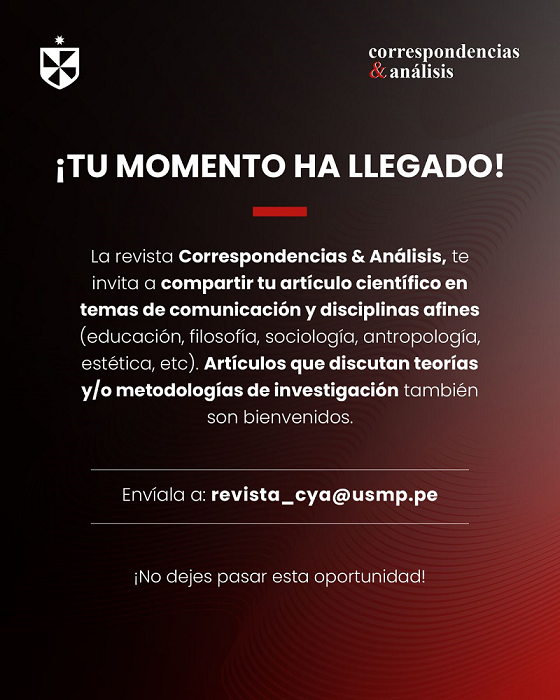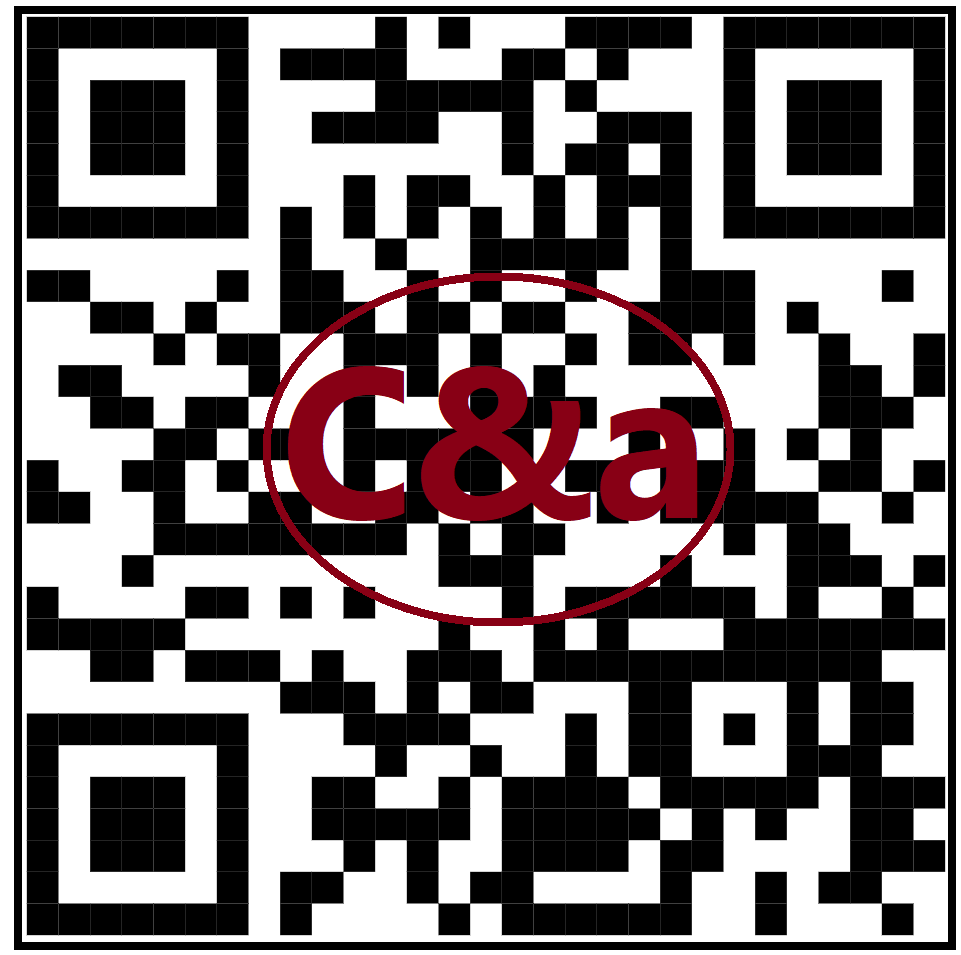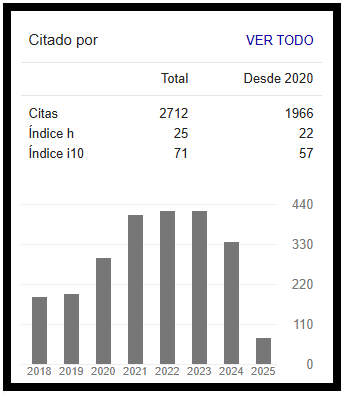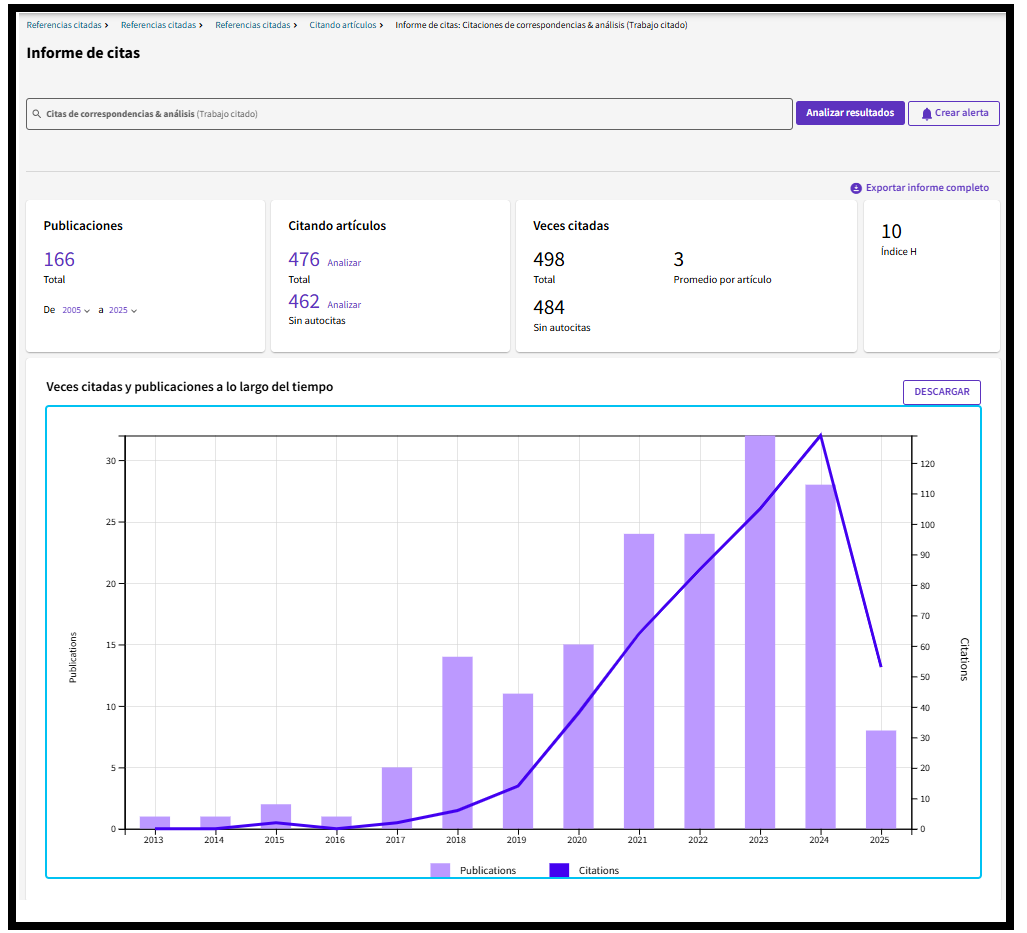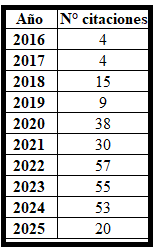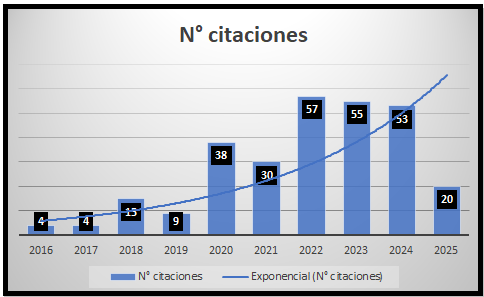Press Offices in institutions and companies. Information versus Public Relations
DOI:
https://doi.org/10.24265/cian.2013.n3.05Keywords:
Information Sources, Press Conference, Opinion Article, Press Clip, Declaration and Counterdeclaration, Press Release, Communication ManagementAbstract
The work of the press offices in institutions and enterprises, the substitution of sources of information and the operating mode in press releases, press conferences, etc., and generally all previous and subsequent work to ensure informative success, are detailed by linking them to a higher organizational communication. All this from the theoretical perspective and professional praxis, told with vivid, and historical, examples, and in which no less important is the work of anonymity in which are located, as authors of the released issues, the people in charge of these devices. Other aspects specific to the press offices are also discussed, beyond the tasks associated with writing reports, but of equal interest to public and private entities. And singularly the role they play in political campaigns.
Metrics
Downloads
References
Arceo Vacas, J. (1988). Fundamentos para la teoría y técnica de las Relaciones Públicas. Barcelona: Promociones y Publicaciones Universitarias.
Cárdenas Rico, M. (2000). Gabinetes de prensa municipales en la provincia de Sevilla. Sevilla: Diputación de Sevilla.
Cockerell, M. (1988). La televisión inglesa y los primeros ministros”. Madrid: Planeta.
Contreras, J. (1996). “Elecciones y TV”. Revista Telos, núm. 44.
Del Riego, C. (2008). “Victimas o cómplices”. Revista Periodistas, num. 14, Asociación de la Prensa de Madrid.
Desantes, J. (1974). La Información como derecho. Madrid: Editorial Nacional.
Elías, J. y Mascaray, J. (1998). Más allá de la comunicación interna. Barcelona: Gestión 2000.
Iglesias, M. (2008). “Las obsoletas caravanas electorales”. Revista Periodistas, núm. 14. Asociación de la Prensa de Madrid.
León Alonso, R. (1995). “La nota de prensa, un género periodístico”. Colección Pliegos de Información.
Martín Martín, F. (1995). Comunicación en empresas e instituciones”. Salamanca: Universidad de Salamanca.
Miguel de Bustos, J. (1993). “Grupos europeos de comunicación”. Revista Telos, núm. 35.
Ramírez, T.
_(2011) “Gabinetes de Comunicación: de la seducción por la imagen a la obsesión por ‘aparecer’. El periodismo de rutina hace más fuertes a las fuentes oficiales y más débiles a las no oficiales”. Extraída el 12/IX/2013 desde http://www.ehu.es/zer/hemeroteca/pdfs/zer0108ramirez.pdf
_(1995a). “La influencia de los gabinetes de prensa”. Revista Telos, núm. 40. Extraída el 12/IX/2013 desde http://sociedadinformacion.fundacion.telefonica.com/telos/anteriores/num_040/opi_perspectivas3.html
_(1995b). Gabinetes de comunicación. Funciones, disfunciones e incidencia. Barcelona: Bosch Comunicación.
Soria, C. (1991). La hora de la ética informativa. Barcelona: Mitre.
Villafañe, J.
_(1999). La gestión profesional de la imagen corporativa. Madrid: Pirámide.
_(1996). “Imagen corporativa y management”. Revista Telos, núm. 46.
Warren, K. (1975). Géneros periodísticos informativos. Barcelona: Editorial A.T.E.
Downloads
Published
Issue
Section
Categories
License
Copyright (c) 2013 Fernando Moya Hiniesta

This work is licensed under a Creative Commons Attribution 4.0 International License.
In case the manuscript is approved, the authors retain the copyright and assign to the journal the right to publish, edit, reproduce, distribute, display and communicate in the country of origin and abroad by means of print and electronic media in different databases.
In order for this procedure to be recorded, the author must fill out the following formats:
Format 1 - Author data Format.
Format 2 - Affidavit on originality and authorization for the publication of articles Format.
Format 3 - Open Science Compliance.







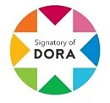
2.png)


